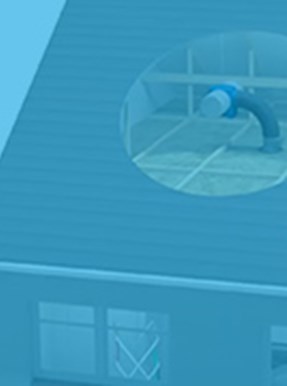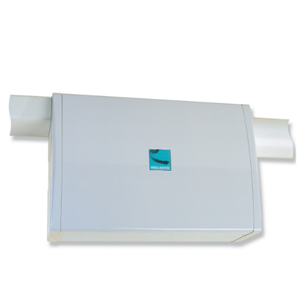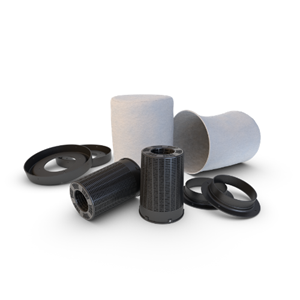Introducing, Nuaire's latest addition to the PIV Family
The New Drimaster-Eco Positive Input Ventilation now features a casing made from 100% Recycled ABS plastic, same quality, smaller footprint.
Our latest Drimaster-Eco PIV has become more environmentally friendly due to swapping the casing from a virgin ABS plastic to 100% recycled ABS plastic. The switch will result in a reduction of 167 tons of equivalent embodied carbon over the period of a year.
Did you know mechanical, electrical, and plumbing (MEP) systems are estimated to account for around 23% of a building’s embodied carbon?
What is Positive Input Ventilation?
Drimaster PIV units are installed in over a million homes in the UK
· cost-effective solution to damp and mould
· fast install (can be installed in a loft in less than an hour)
· non-disruptive nature for residents
How does Positive Input Ventilation work?
PIV works by drawing air in through the unit that is installed in a suitably ventilated loft. This air is then filtered and gently diffused at ceiling level, creating a slight positive pressure within the home that moves air pollutants out through the natural leakage gaps found in every UK property, both old and new.
When would you recommend using a PIV unit?
Positive input ventilation is a highly trusted, cost-effective, and simple solution to ensure clean air flows freely throughout your home, making poor indoor air quality a thing of the past. PIV units reduce indoor pollutants, displacing stagnant and humid air.
Does a PIV unit solve damp and condensation?
Condensation is a fast-growing problem: it’s estimated that one in five houses in the UK is poorly ventilated and at risk of streaming windows, mould growth and poor indoor air quality. The average family produces up to 10 litres of water daily through simple everyday tasks such as cooking, washing, bathing and drying clothes indoors.
Many homes are at risk of condensation: poorly heated homes are prone to condensation dampness on cold surfaces. In contrast, well-sealed and well-insulated homes with double glazing can trap moist air inside the house. When it comes to curing damp and condensation, ventilation is often the key - and PIV is the most cost-effective whole home ventilation system in the market today: that’s why it’s trusted by so many homeowners and landlords across the UK.
*For installation information please refer to the I&M document.














